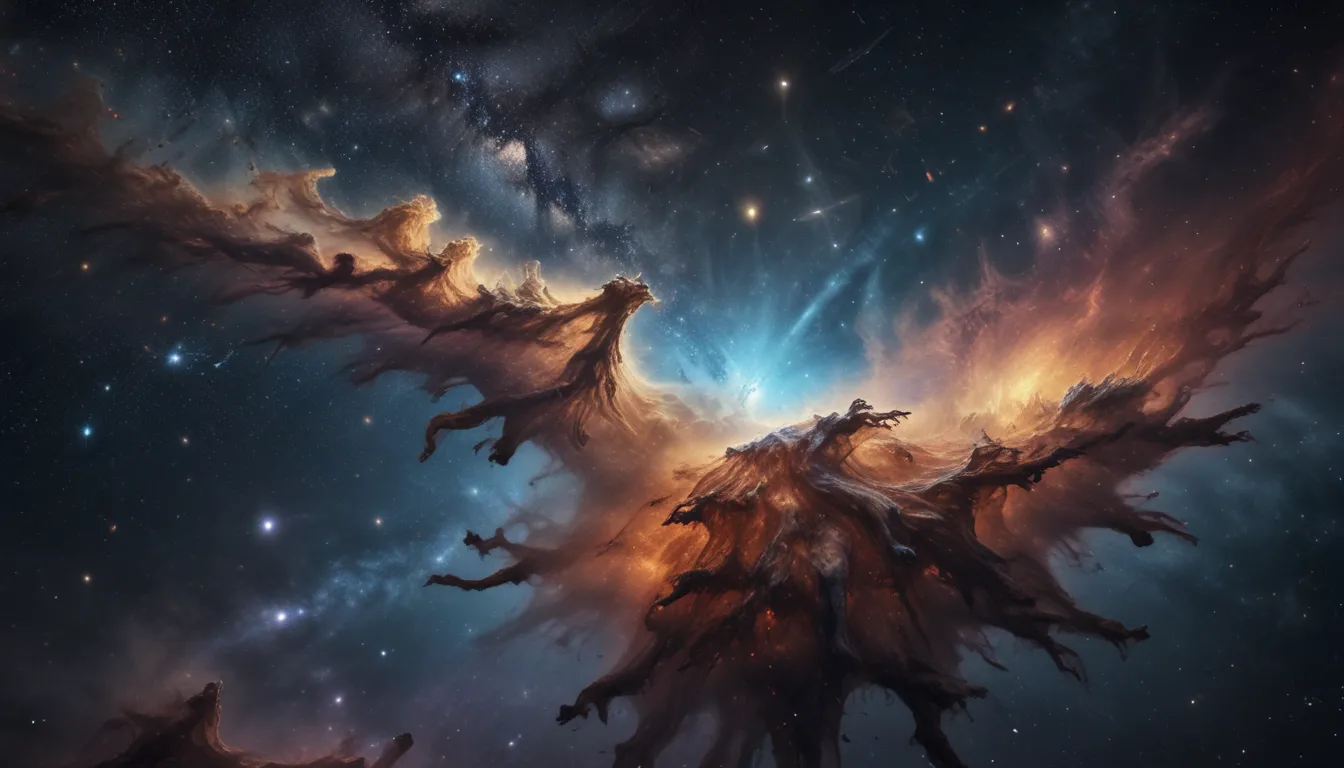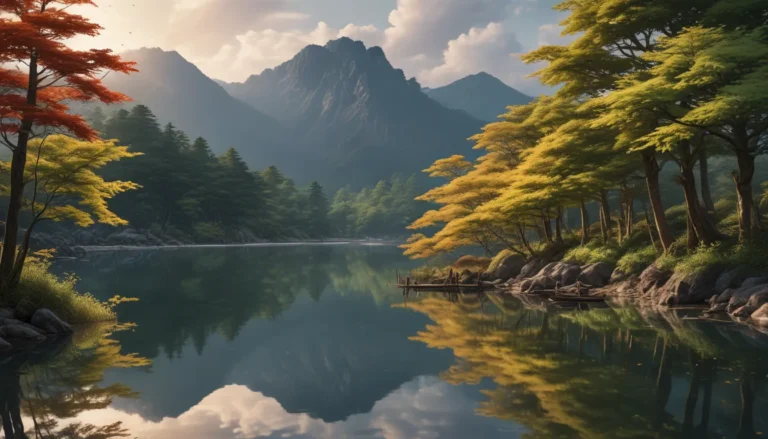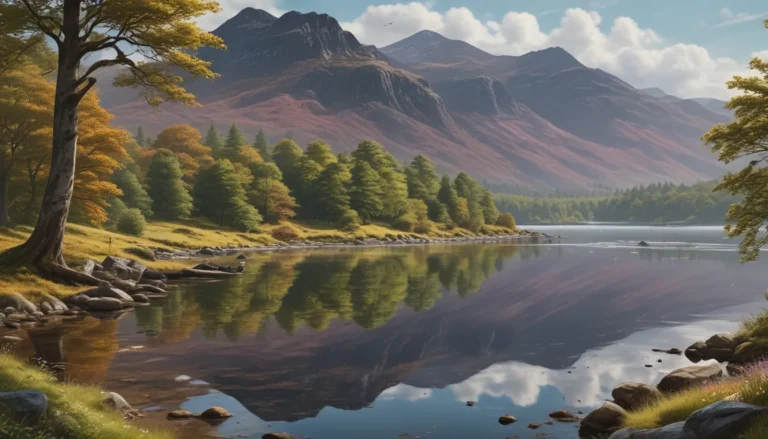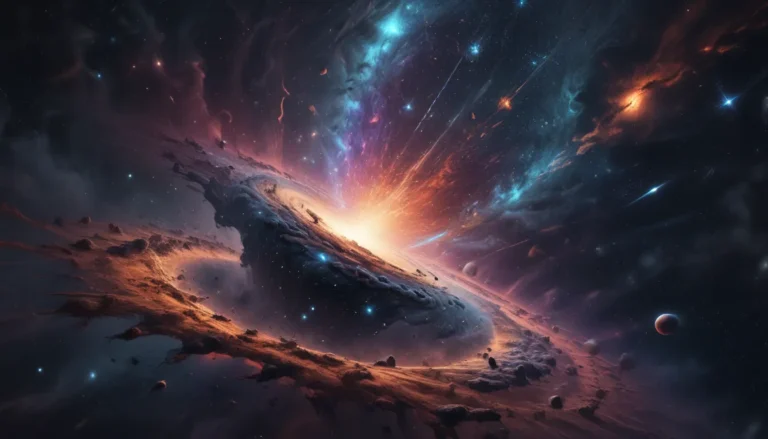The pictures we use in our articles might not show exactly what the words say. We choose these pictures to make you interested in reading more. The pictures work together with the words but don’t take their place. The words still tell you the important facts.
Do you ever gaze up at the night sky and wonder about the mysterious process of galactic star formation? Stars, like celestial beacons, illuminate the vast expanse of the Universe, shaping the galaxies in which they reside. Join us on a journey through 11 fascinating facts about the history of galactic star formation, where we unravel the secrets of how stars are born, evolve, and influence the cosmic landscape.
The Symphony of Star Formation: Sound Waves in Space
In the grand orchestra of the Universe, sound waves play a crucial role in the formation of stars. As gas and dust come together in interstellar clouds, they collide and create compressions that propagate as sound waves. These waves help regulate the collapse of the cloud, facilitating the birth of new stars. It's like a cosmic symphony orchestrating the creation of stellar marvels.
Black Holes: Surprising Architects of Star Formation
While black holes are often associated with destruction, they also have a surprising connection to star formation. Massive black holes at the center of galaxies can generate strong winds and shockwaves that compress nearby gas, triggering the formation of new stars. These celestial giants play a nurturing role, fostering the birth of cosmic wonders.
Sculpting Stellar Masterpieces: Magnetic Fields in Star Formation
Magnetic fields, ubiquitous in star-forming regions, play a vital role in shaping the process. They help regulate the collapse of gas clouds, guiding material onto specific paths and creating the iconic hourglass shape often seen in star formation. It's nature's way of sculpting stellar masterpieces.
The Evolution of Star Formation Rates Across Cosmic Time
Over the history of the Universe, the rate of star formation has varied significantly. From intense bursts of star formation in the early stages to more subdued activity in later stages, astronomers study these variations to gain insights into the dynamic evolution of galaxies over billions of years.
Painting the Cosmos: O, B, and A Stars
Among the diverse range of stars born from the process of star formation, O, B, and A stars stand out for their luminosity and intense ultraviolet radiation. These stars sculpt the surrounding gas clouds and ignite further star formation, painting the cosmos with a vibrant and captivating palette.
Supernovae: Catalysts of Star Formation
Supernovae, the explosive deaths of massive stars, have a profound impact on star formation. When a supernova occurs, it releases shockwaves that trigger the collapse of nearby clouds, kick-starting the birth of new stars. It's a breathtaking cycle of destruction and creation that drives the continuous evolution of galaxies.
Stellar Clusters: The Community of Star Formation
Star formation rarely occurs in isolation, often giving birth to multiple stars within stellar clusters. Ranging in size from a few stars to millions, these clusters provide insight into the underlying processes that drive star formation.
Active vs. Inactive Galactic Centers: Influence on Star Formation
The formation of stars can vary depending on the activity of the galactic center. In active galactic centers, intense radiation and powerful jets hinder star formation, while in inactive centers, star formation thrives, creating brilliant cosmic structures across the galaxy.
Stellar Winds: Balancers of Star Formation
Stellar winds, outflows of particles from stars, can both promote and suppress star formation. The delicate feedback mechanism influences the balance of star formation across the universe, driving the continuous cycle of stellar birth and death.
Colliding Galaxies: Catalysts for Star Formation
When galaxies collide, it's not just a majestic ballet in the sky but a catalyst for intense star formation. The gravitational forces involved induce the rapid collapse and compression of gas, leading to a surge in new star formation and propelling galaxies into a frenzy of stellar birth.
Observing Early Star Formation: Insights from Distant Galaxies
Studying distant galaxies provides a glimpse into the early stages of star formation in the universe. By observing ancient celestial objects, astronomers explore the conditions and processes that gave rise to the first generation of stars, unlocking the secrets of the universe's infancy.
Conclusion
The history of galactic star formation is a captivating field of study that sheds light on the origins and evolution of galaxies. Through observations and simulations, scientists unravel the complex processes governing star formation within galaxies across cosmic time. Advancements in technology and telescopes continue to enhance our understanding of galactic star formation history, promising more fascinating discoveries in the future.
FAQs
Q: What is galactic star formation?
A: Galactic star formation refers to the process by which stars are born within galaxies through the gravitational collapse of molecular clouds and subsequent ignition of nuclear fusion.
Q: How do scientists study galactic star formation history?
A: Scientists study galactic star formation history through observations and computer simulations, analyzing properties of stars to piece together the timeline of star formation events.
Q: Why is understanding galactic star formation important?
A: Understanding galactic star formation provides insights into galaxy evolution and the processes shaping the Universe, helping us comprehend the formation and evolution of galaxies over billions of years.
Q: What influences galactic star formation?
A: Factors influencing galactic star formation include molecular gas availability, stellar feedback, and galaxy interactions through processes like mergers.
Q: Does the rate of galactic star formation vary over time?
A: Yes, the rate of galactic star formation varies across cosmic time, with higher activity in the early Universe decreasing over billions of years, reflecting the growth and evolution of galaxies.
Embark on a journey through the cosmic ballet of stars and marvel at the wonders of galactic star formation history. Explore the diverse processes shaping the Universe and witness the evolution of galaxies over time. Join us in uncovering the mysteries of stellar birth and the intricacies of cosmic evolution. Enjoy the celestial journey through space and time!






